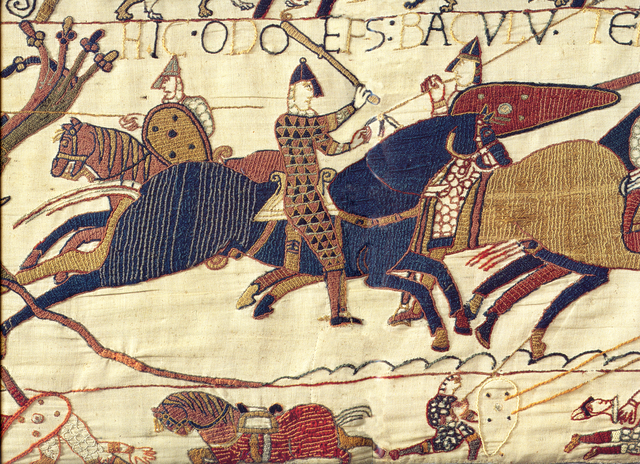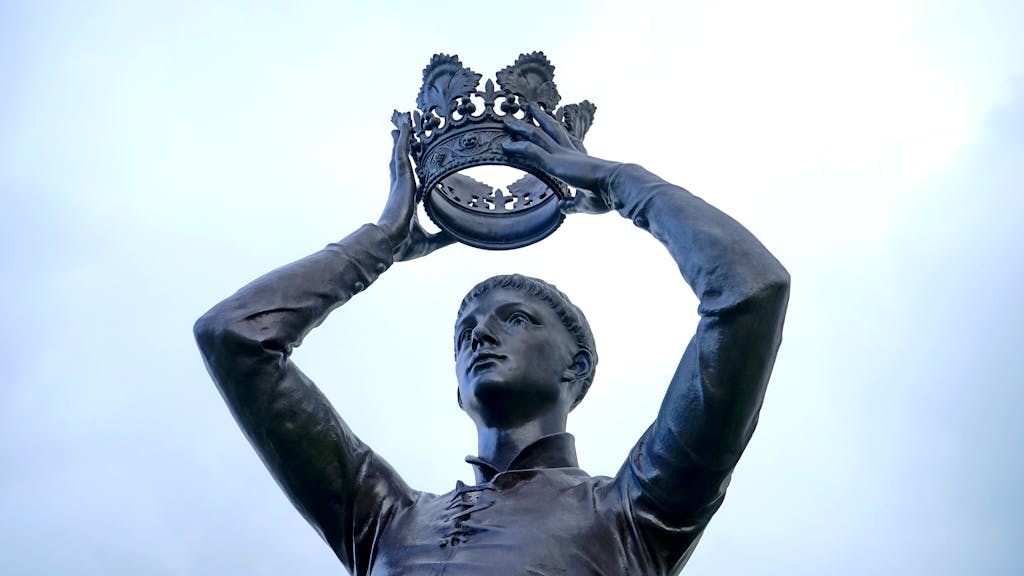
In the annals of history, few figures loom as large as William the Conqueror, the formidable Duke of Normandy whose conquest of England in 1066 forever altered the course of the island nation. His reign marked a pivotal moment in English history, not only establishing a new dynasty but also laying the foundations for a unified kingdom that endures to this day.
get to know William the Conqueror
The tale of William's ascent to power is one of ambition, intrigue, and conquest. Born in Falaise, Normandy (modern-day France), around 1028, he inherited the duchy at a young age amidst a tumultuous political landscape. William possessed a singular drive for power, and he set his sights on expanding his domain across the English Channel. He was a bastard son, so by many accounts, he was supposed to be overlooked.

The catalyst for William’s audacious ambition came in 1066 with the death of the Anglo-Saxon King, Edward the Confessor of England. As Edward lay on his deathbed, a succession crisis erupted, igniting a fierce struggle for the English crown. Amidst the chaos, William saw an opportunity to assert his claim, citing Edward’s alleged promise of succession to him.
1066 and All that came after
What followed was the storied Battle of Hastings, a clash that would forever alter the fate of England. On October 14, 1066, William’s Norman forces clashed with the English army led by Harold Godwinson. Despite facing formidable opposition, William emerged victorious, securing his place in history as William the Conqueror.
With England firmly under his control, William set about consolidating his power and instituting sweeping reforms that would shape the destiny of the realm. One of his most enduring legacies was the implementation of the feudal system, a hierarchical structure that organized society around land ownership and loyalty to the crown. Under this system, William granted fiefs to his most trusted supporters, ensuring their allegiance in exchange for military service and other duties.
The feudal system not only strengthened William’s hold on power but also laid the groundwork for a centralized government. By dividing the land into manageable estates and appointing loyal vassals to administer them, William effectively decentralized authority while maintaining ultimate control. This model of governance would endure for centuries, shaping the evolution of English law and politics.

Another pivotal aspect of William’s reign was the Domesday Book, a comprehensive survey of England’s land and resources. Completed in 1086, this monumental undertaking provided William with invaluable insight into the wealth and capabilities of his kingdom. More than just a bureaucratic exercise, the Domesday Book served as a blueprint for effective governance, enabling William to levy taxes, administer justice, and assert his authority with unparalleled precision.
England as a society
But perhaps William’s most enduring legacy lies in the realm of culture and identity. Through a series of strategic marriages and alliances, he forged connections with the English nobility, blending Norman and Anglo-Saxon traditions into a new, unified identity. This fusion of cultures laid the groundwork for the emergence of a distinct English identity, one that transcended regional divisions and fostered a sense of national unity.
In the centuries that followed William’s conquest, England would continue to evolve, absorbing influences from across Europe and beyond. Yet, the foundations laid by William remained steadfast, providing a framework for the emergence of a unified kingdom that endures to this day.
As we look back on the legacy of William the Conqueror, we are reminded of the transformative power of leadership and vision. Through conquest and consolidation, he forged a kingdom out of disparate lands and peoples, leaving an indelible mark on the course of English history. From the feudal system to the Domesday Book, his innovations continue to shape the fabric of English society, serving as a testament to the enduring legacy of one of history’s most formidable rulers.


Leave a Reply